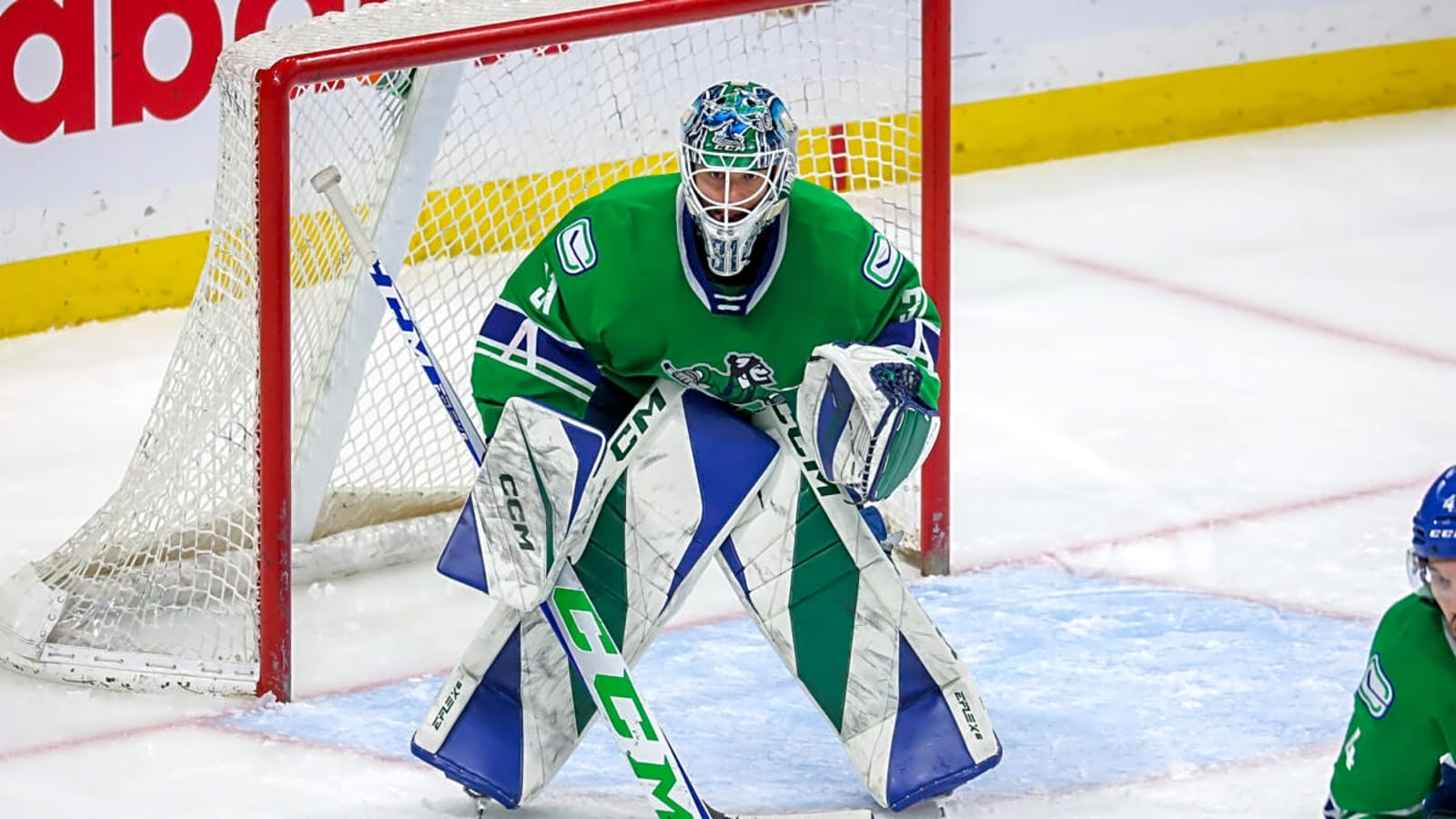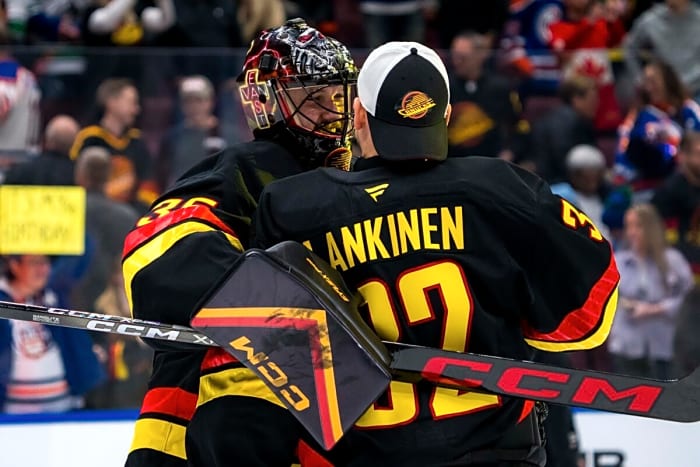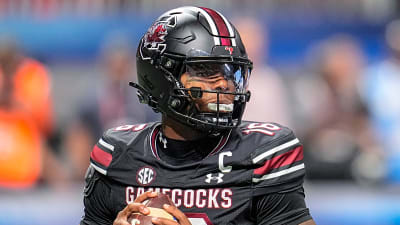
The Vancouver Canucks made a surprising move last week, trading goaltender Arturs Silovs—fresh off a Calder Cup MVP performance—to the Pittsburgh Penguins. In return, they received forward prospect Chase Stillman and a 2027 fourth-round draft pick. The trade caught many fans off guard and stirred up strong opinions, especially given Silovs’ standout postseason for the Abbotsford Canucks.
But beneath the emotion, the reasoning behind the deal reflects Vancouver’s deeper organizational strategy in the net.
A Shocking Move? Not If You Were Paying Attention
Co-hosts Jason Brough and Jamie Dodd on Sportsnet 650 broke down the logic. While Silovs was beloved for his clutch playoff run, the writing had been on the wall for weeks. Vancouver had already committed long-term to Thatcher Demko (with a new three-year extension on top of his current deal) and had recently signed Kevin Lankinen to a five-year, $4.5 million average annual value (AAV) contract. The team also talked up younger goalies like Nikita Tolopilo and Ty Young while drafting and signing Alexei Medvedev.
In other words, the Canucks were loaded in goal—and not just at the NHL level. Keeping Silovs likely meant risking him to waivers, where he could have been claimed for nothing. Rather than lose him for free, Vancouver acted preemptively and found a trade partner in Pittsburgh.
Who Is Chase Stillman?
The return—a fourth-round pick and forward prospect Stillman—was met with skepticism. Many Canucks fans see the trade as nonsensical. Why move Silovs for so little value? Stillman, a 2021 first-round pick by the Devils, has yet to make a meaningful NHL impact. However, he does bring size, energy, and a physical edge that could eventually contribute at the bottom of Vancouver’s lineup.
It’s worth noting that Silovs, for all his playoff heroics, is also unproven at the NHL level. In 19 NHL games, he posted an .880 save percentage (SV%) in the regular season and an .898 SV% in brief playoff action. The Canucks weren’t moving on from a sure-thing starter—they were trading a promising but uncertain asset from a position of surplus.
The Penguins Are Building, the Canucks Are Pushing to Win
The Penguins were a logical landing spot. They’re in the middle of a soft rebuild—still trying to extend the Sidney Crosby era, but also with an eye toward the future. Silovs fits their timeline better than Vancouver’s. And unlike the Canucks, the Penguins can afford to give him a chance at meaningful NHL minutes without risking their playoff hopes. He’s a good bet for a team that doesn’t have to rush, while the Canucks needed immediate stability.
The real pivot point in Vancouver came with the Lankinen deal. At the time, it raised eyebrows: why give five years to a 30-year-old backup without a consistent starter’s track record? The signing led some to wonder whether Demko was on his way out. But then Demko re-signed, too. Now the Canucks are betting on tandem strength, investing significant cap dollars into the goalie position.

In a rising cap environment, that gamble is more palatable—but it leaves less room for goalie projects like Silovs. As Dodd noted, “This is just the waiver system working exactly as it’s designed.” Teams can’t hoard young talent in the minors forever. Vancouver’s hand was forced. The simple fact is that, had the Canucks not made some deal, they would have lost Silovs for nothing.
The Bottom Line for the Canucks
This wasn’t a panic move. It was a calculated one. Vancouver chose certainty in the crease and depth across the organization, rather than letting a waiver squeeze dictate their roster. Trading Silovs might sting—especially after his playoff MVP run—but the move reflects the team’s clear path: win now with Demko and Lankinen, and build future depth through new goaltending prospects and added forward pieces.
The goalie who lifted Abbotsford to a Calder Cup now moves on. But for Vancouver, the bigger story is what they’ve committed to in net—and how that shapes the rest of their roster heading into a make-or-break season.
More must-reads:
- NHL's Frozen Frenzy fails the marketing test — again
- Mammoth sign Logan Cooley to eight-year extension
- The 'World Series walk-off home runs' quiz
Breaking News
Trending News
Customize Your Newsletter
 +
+
Get the latest news and rumors, customized to your favorite sports and teams. Emailed daily. Always free!








